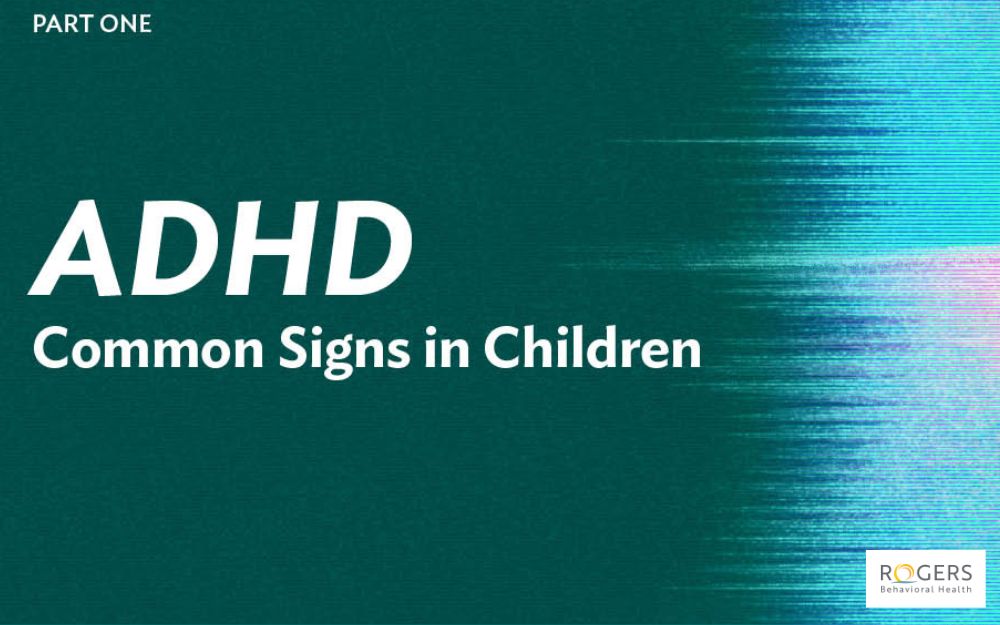Understanding trauma and PTSD and how to find help
Posted on 08/09/23 01:27:pm
Share this article:
Most people experience a traumatic event at some point in their lives, but not everyone will develop Post Traumatic Stress Disorder (PTSD). You can learn more about the signs, symptoms, and treatment for PTSD by visiting our trauma and PTSD facts page.
In a recent Facebook Live event, Rogers’ Chad Wetterneck, PhD, and Jennifer Parra Nelsen, MA, LPC, explain trauma and PTSD, and how a person who is suffering can find the right provider to help.
What is trauma and how does it relate to PTSD?
Trauma is an event that happens to us, in our presence, or is news we learn about that is incredibly distressing. Experiencing trauma is one of the causes of PTSD.
The trauma usually elicits a strong emotional response – someone feels afraid, helpless, or is horrified at what’s going on around them or happening to them. People interpret the event to be life threatening to themselves or to other people.
“Many people suffer in silence because talking about a traumatic event is very difficult, but I want people to know help is available,” says Dr. Wetterneck.
“Support after a traumatic event is very important and can predict whether a person will go on to develop PTSD,” says Parra Nelsen. “If someone experiences a traumatic event and has great support, they may not suffer long-term consequences, but if a person has very little to no support, they may be in a position where PTSD symptoms develop because they can’t adequately process their trauma.”
What do you recommend someone with PTSD look for in a provider?
“PTSD should be treated by a trained professional,” says Parra Nelsen. “Often people feel it’s a weakness or a character flaw that they can’t handle or get over what happened to them. It’s a cultural misconception that we should pick ourselves up by our bootstraps and not ask for help.”
“It’s important to ensure the provider uses evidence-based practices, such as prolonged exposure,” says Dr. Wetterneck. “You want to look for someone who is a specialist in treating trauma, rather than it being one of many mental health conditions they treat. Don’t assume once you meet with a provider that it means you’re committed to continuing to see them. If you don’t feel the person is someone you mesh with for whatever reason, you can consider someone else.”
Dr. Wetterneck suggests asking the following questions:
- How did you get your training in working with trauma?
- How do you measure or know that someone you’re working with is getting better?
- What percentage of your current clients are you seeing specifically for trauma or PTSD?
“It can be anxiety provoking and can potentially activate your PTSD to have those initial conversations with a provider, so prepare as much as you can,” says Parra Nelsen. “Write down your symptoms, questions, your needs, and what you’re avoiding because of your trauma or PTSD. Know you don’t need to share your entire trauma in the first couple of sessions. You can get to someone and feel safe before you share details of the trauma.”
If someone has PTSD and is introverted, how would you recommend pursuing therapy?
“If you have someone you trust, ask them if they would be willing to talk to you after you call a provider or be with you as you make the call,” says Dr. Wetterneck. “Think of ways to create more safety around you as you engage in the process.”
“PTSD treatment is a gradual process of starting where you are and what you tell your provider,” says Parra Nelsen. “You will build up tolerance for sharing and becoming more vulnerable in sessions.”
How Rogers can help
Rogers provides evidence-based treatment for trauma and PTSD. To request a free, confidential screening, call 800-767-4411.



